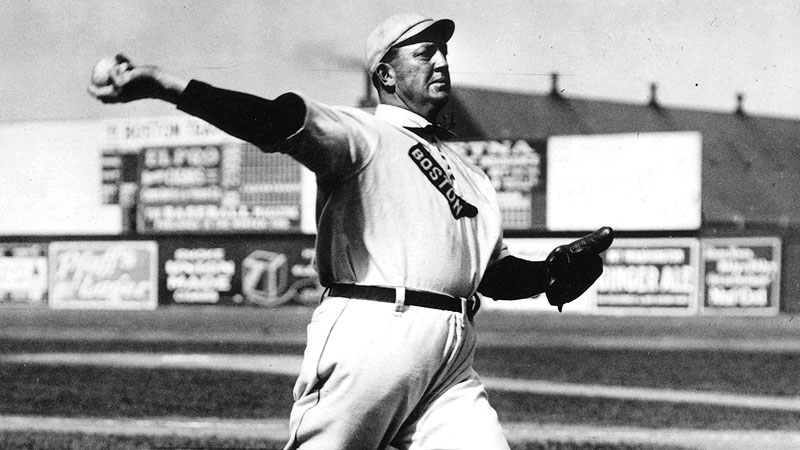It seems like every day this year brings word of yet another young MLB pitcher on the cusp of stardom who’s torn a ligament in his elbow and needs Tommy John surgery. It could just be a coincidental cluster, but if I had to guess I would think it’s happening as a result of pitchers consistently throwing too hard. Cy Young, a portly man who wore his belt north of the Fred Mertz level, did not throw fire all the time or he wouldn’t have lasted so long. Of course, it’s not likely he would have gotten many modern hitters out. Year-round training by players has made pitchers feel like they have to be in the 90s consistently or they won’t be able to compete with hitters. Perhaps they’re right. Even with no PEDs, training and technology has made for one amazing athlete after another stepping into the batter’s box.
In an interview with MLB Radio on Sirius, noted sports surgeon Dr. James Andrews offers numerous reason for what seems to be a trend of pitcher injuries: no off-season for some youth players, throwing too hard to impress scouts, trying to light up radar guns which have become omnipresent over the last decade, and high school pitchers attempting to throw beyond 80-85 mph which compromises their arms. I think he could have added abusive use by high school and college coaches who often overwork young hurlers..
In part 2 of the interview embedded below, the Birmingham-based doctor discusses the next wave of innovation after platelet-rich plasma injections for treating injured pitchers:
“The research we’re trying to do now is trying to add stem-cell therapy at the time of the surgical procedure to enhance the biological healing response. Now that’s not there to enhance their performance. That’s there to try to get them to heal and hopefully to heal stronger and heal quicker, so it doesn’t take a year and a half for a redo of a Tommy John procedure in a major league hitter. We’re beginning to investigate that. The problem is doing that scientifically because the players have all heard about it, and they’re coming in and requesting that you add a stem cell to their Tommy John procedure, so it’s getting out in front of us. I probably shouldn’t even be talking about it. That’s hopefully going to help us with the healing and decrease the re-tear [risk]. And hopefully help the ones we’re doing secondarily to be a little more hopeful that they’ll be able to return at the same rate.”


